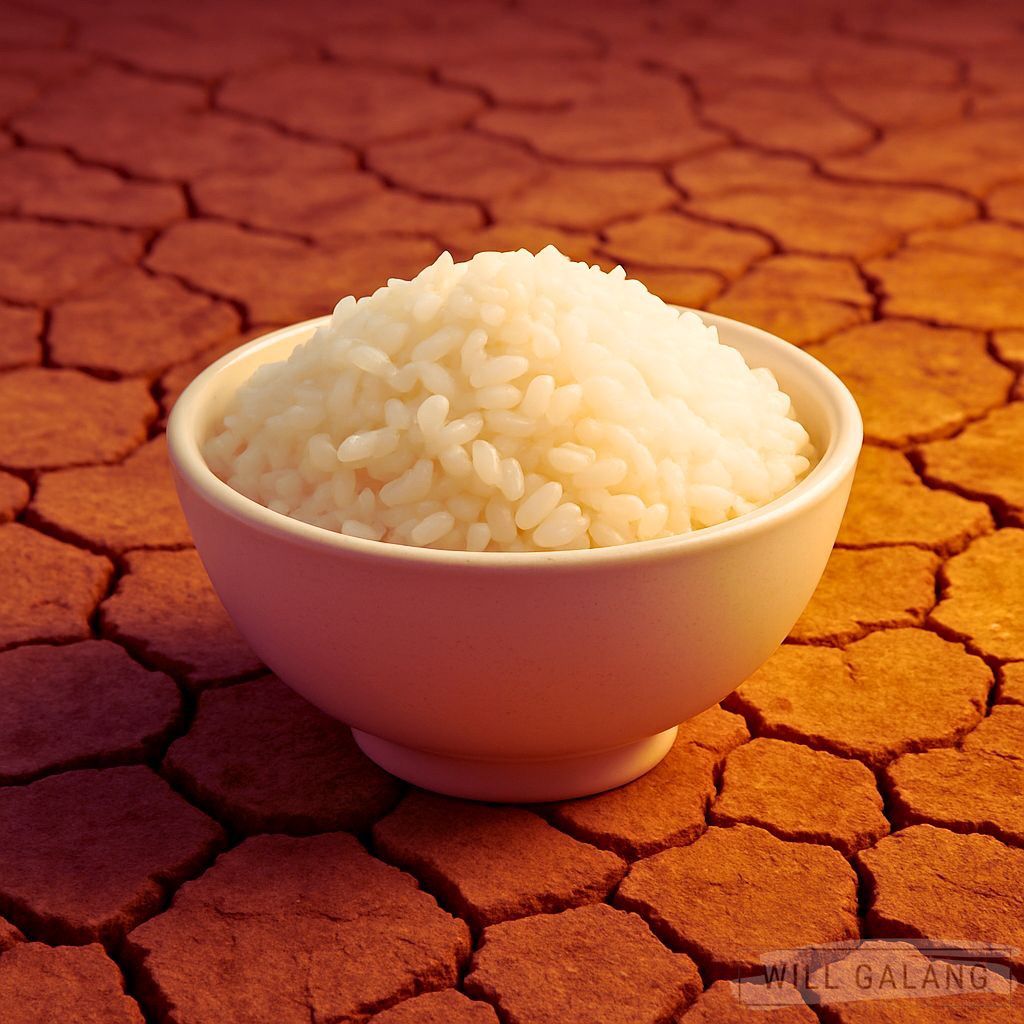
I’ve long admired Japan’s reputation for efficiency and preparedness, especially when it comes to food security. So it was surprising to see news reports of Japanese consumers lining up for hours to buy government-released stockpile rice—selling at 2,000 yen (around ₱730) for a 5-kilo bag. That’s roughly ₱146 per kilo, a stark contrast to the Philippines, where regular milled rice averages ₱44.45/kg and subsidized rice can go as low as ₱20/kg in staged political circuses.
The reasons behind Japan’s sudden rice scramble? A combination of last year’s extreme heat damaging crops, rising demand from tourism, and consumers avoiding expensive imported rice. It’s an unusual sight for a country known for stability—but it raises an important question: Is Japan simply reacting to a shortage the way we often do, or is there something in their response that the Philippines could learn from?
Japan’s Approach: Reserves, Tariffs, and Long-Term Planning
To their credit, Japan’s government didn’t just panic—they had a system in place. They released rice reserves (stockpiled for exactly this kind of situation) to stabilize prices. They also maintain strict tariffs on imported rice, protecting local farmers and keeping self-sufficiency a priority.
But here’s the concerning part: Even Japan’s well-managed system is vulnerable to climate shocks. If extreme weather can disrupt their supply, what does that mean for countries like the Philippines, where farming is even more exposed to droughts and typhoons?
The Philippines’ Rice Dilemma: Short-Term Fixes vs. Real Solutions
Back home, rice is a political battleground—full of promises like the chaotic and absurd ₱20/kilo programs. While lower prices are a relief for struggling families, there are real concerns about sustainability and quality. Reports have surfaced about the questionable quality of some subsidized rice, and the program’s limited availability makes it more of a symbolic gesture than a nationwide solution.
Unlike Japan, which leans on reserves and long-term farming support, the Philippines often resorts to quick fixes—emergency imports, temporary price controls, or subsidies that aren’t scalable. It keeps rice affordable in the short term but does little to strengthen food security for the future.
The Common Threat: Climate Change
Both countries face the same challenge: a changing climate that makes farming unpredictable. Japan’s recent struggle shows that even the most prepared nations aren’t immune. The difference lies in how they respond. Japan has reserves and policies to cushion the blow—the Philippines, meanwhile, often finds itself in reactive mode.
Final Thoughts: Beyond Quick Fixes
As someone who eats rice almost daily, this isn’t just about prices—it’s about whether we’re building a system that can withstand the next crisis. If Japan, with all its planning, can face shortages, then the Philippines needs to think beyond temporary relief. That means supporting local farmers, investing in resilient agriculture, and creating real reserves—not just relying on imports or last-minute subsidies.
Maybe the lesson here isn’t just about copying Japan, but finally recognizing that food security isn’t a promise—it’s a plan. And right now, we need a better one.

One response
[…] to add to my earlier post: Enough with the circus! A ₱20/kilo rice policy isn’t noble—it’s a reckless political […]